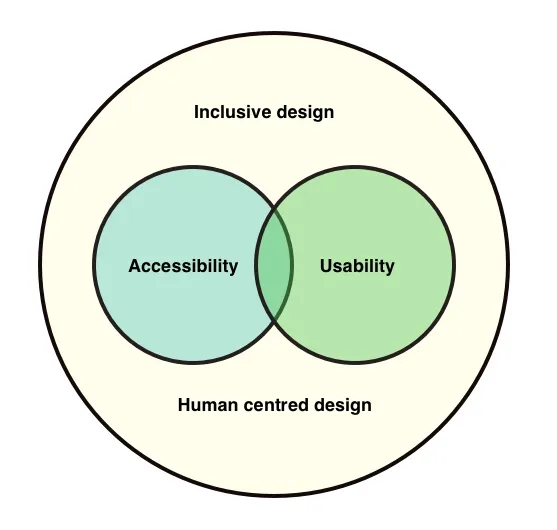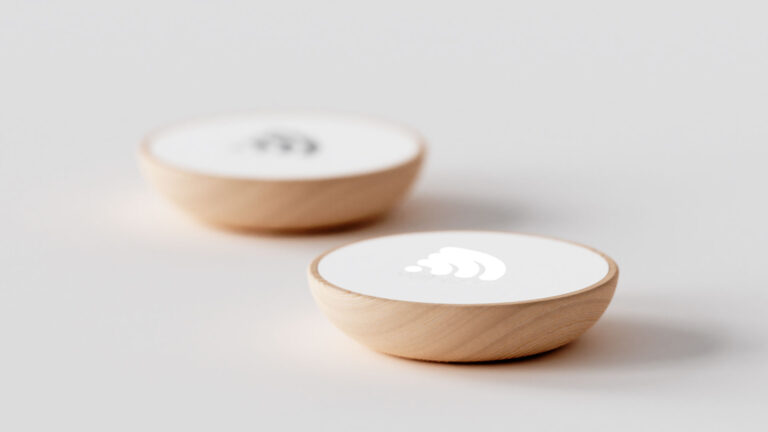Currently, the importance of diversity and inclusion is steadily growing, and this is reflected in the design of industrial products, where it is crucial to consider the need to be inclusive and accessible for people with diverse abilities.
Inclusive and accessible design not only involves considering the needs of a wide range of users, but also creating products that can be effectively used by everyone, regardless of their physical or cognitive abilities.
Differences between Accessible and Inclusive Design in Product Design
When we talk about accessible design and inclusive design, we are discussing two approaches that share a common goal: ensuring that products and services are accessible to a wide range of people. Although both aim to improve accessibility, there are some nuances that differentiate them:
Accessible design primarily focuses on removing barriers that prevent people with disabilities from accessing and using a product or service.
On the other hand, inclusive design adopts a broader perspective. From the outset of the design process, it considers a broader range of human perspectives and experiences. It does not only cater to people with disabilities but also aims to meet the needs of other groups such as individuals of different ages, genders, cultures, and abilities.

What does Inclusive and Accessible Design entail?
- Userfriendly Products should be intuitive and easy to use for all users, regardless of their prior experience or physical abilities.
- Physical accessibility: It involves designing products that can be comfortably used by people with diverse physical abilities, including those with reduced mobility or motor limitations.
- Visual and auditory accessibility: Products accessible for individuals with visual or auditory impairments, which may involve the use of auditory or visual cues, as well as adapted interfaces.
- Cognitive considerations: The needs of users with cognitive disabilities should be taken into account, such as simplifying instructions and reducing the complexity of the design.
- Flexibility and customization: Products should allow for a certain degree of customization to adapt to the individual needs of users.
Benefits of inclusive and accessible design
Inclusive and accessible design not only benefits individuals with disabilities but also enhances the overall user experience and can lead to increased customer satisfaction and brand loyalty.
- Increased accessibility: Products designed inclusively are accessible to a larger number of people, significantly expanding their market reach.
- Enhancement of brand reputation: Companies that prioritize inclusion and accessibility are perceived as socially responsible and responsive to the needs of their customers.
- Innovation: Inclusive design often leads to innovative solutions that can benefit all users.
- Regulatory compliance: In many countries, there are regulations that require product accessibility to ensure equal opportunities for all individuals, making inclusive design both a legal requirement and an ethical consideration.
- Reduced need for subsequent adaptations: By designing products inclusively and accessibly from the outset, the requirement for costly or challenging post-design adaptations to meet user needs is minimized.
Examples of Inclusive and Accessible Design in Product Design
Many leading companies are embracing inclusive and accessible design as an integral part of their design philosophy. Prominent examples include:
- Apple: The Apple product line, including the iPhone, iPad, and Mac, incorporates a wide range of accessibility features such as VoiceOver and Zoom, making the devices usable for individuals with visual impairments.
- IKEA: The popular furniture chain has released products like the OMTÄNKSAM chair, designed to be comfortable and accessible for seniors and individuals with physical disabilities.

- Toyota: The automotive company has developed vehicles like the Toyota Sienna Accessible Van, specifically designed to facilitate access and driving for individuals with disabilities.
Influence of i-mas
The approach of inclusive and accessible design is essential today, especially in industrial product design, where diversity and inclusion are increasingly important.
Our team acknowledges the importance of considering the needs of a wide variety of users from the outset of the design process. We don’t just aim to meet accessibility standards; we also strive to create products that are flexible, adaptable, and relevant for a wide range of people.
At i-mas, we believe that inclusive and accessible design is essential for creating products that are truly useful and meaningful for all users, and we strive to integrate these values into every project we undertake.
Are you looking for a product design company in Barcelona? Contact us and tell us about your project!




